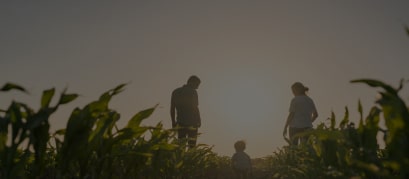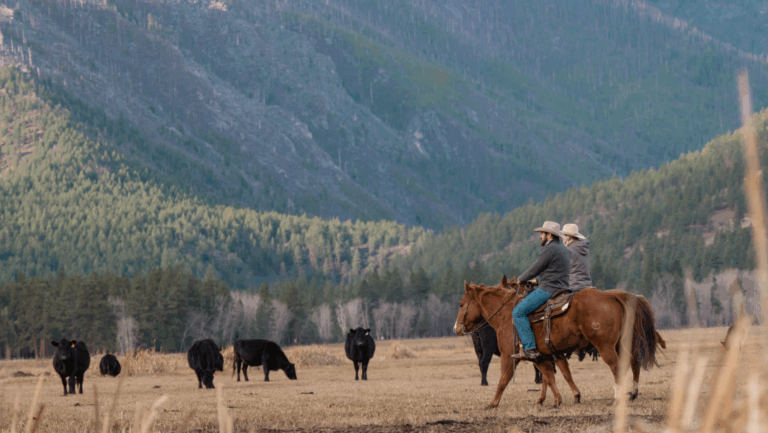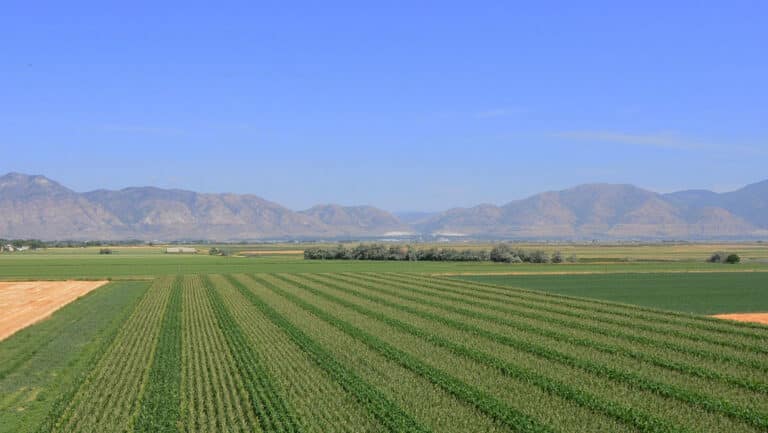Farm Income Outlook for 2025
Farm income is expected to take a turn in 2025, after two years of consecutive decline.
It’s no secret that the U.S. agricultural economy faced financial headwinds in 2024, but new USDA farm income projections indicate that net farm income will increase in 2025, largely due to the substantial rise in government payments. While encouraging, farmers should remain focused on strategic risk management rather than counting on these subsidies—especially with so much still in the air.
In this article, we’ll discuss the key factors shaping farm income in 2025 and what strategies you can implement to take control of your financial future now instead of leaving it up to chance.
A New Outlook for Farm Income in 2025
Despite historic disruption, net farm income increased significantly from 2020 to 2022, peaking at $182 billion, due in part to higher levels of government support during the pandemic. But as those incentives tapered off, farm income fell into a state of decline. Initial farm income predictions for 2025 estimated a third consecutive year of decline before a modest recovery in 2026.
However, the USDA’s first farm income forecast in 2025 shows that net farm income will instead increase nearly 30 percent from 2024 to 2025, due to an estimated 356 percent increase in government payments.
While this may offer short-term financial relief for many farmers feeling the strain of tightening margins over the last two years, it also highlights the volatility ahead. In times like these, farmers should focus on what they can control—operational efficiency, cost management, and strategic financial planning—rather than relying on government payments to keep them afloat.
Key Factors Influencing Farm Income in 2025
Before we discuss risk management strategies to protect your farm income in 2025, let’s review the expected shifts in the coming year.
Commodity Prices
- Prices for grains, oilseeds, and cotton are expected to remain low, impacting crop farmers’ margins.
- Livestock producers, especially cattle ranchers, will likely benefit from strong cattle prices and lower feed costs.
Input Costs
- Costs for feed, fertilizer, and pesticides are stabilizing or decreasing, helping to offset financial strain.
- Farm labor costs remain high, which may challenge profitability for some operations.
Government Payments
- Direct government farm payments are forecasted to rise significantly to $42.4 billion in 2025, a major increase from the previous year.
- This increase is primarily due to the $31 billion of supplemental and disaster assistance for farmers that was approved in late 2024 through the American Relief Act.
- Payments through agricultural commodity risk programs are also expected to increase, though not as significantly.
Land Values and Cash Rents
- Farmland values are still rising, but growth is slowing. Some regions may see declines in land prices.
- Cash rental rates are expected to stabilize or decrease as farm profitability fluctuates.
Debt and Interest Rates
- Farm debt is projected to increase slightly due to high operating costs and increased borrowing.
- While rates aren’t expected to increase further in 2025, farmers with variable-rate loans should keep a close eye on the financial risk of debt in an elevated interest rate environment.
What Actions Can Farmers Take Now?
While higher government payments offer temporary relief, the best way to ensure long-term financial stability is through proactive financial management, operational adjustments, and risk mitigation strategies.
“Farmers need to focus on strategic risk management and long-term business planning.” – Michael Langemeier, Purdue University
Financial Management
- Review personal and operational expenses to align with tighter cash flow.
- Prepare and update cash flow projections regularly.
- Monitor loan covenants and discuss refinancing or consolidation options with an agricultural lender.
Operational Adjustments
- Diversify income streams through agritourism, value-added products, or alternative crops.
- Cut non-essential overhead costs and prioritize investments that improve efficiency.
- Make thoughtful capital improvements, focusing only on necessary equipment upgrades.
Risk Mitigation
- Explore crop insurance options to protect against unforeseen losses.
- Utilize government programs like ARC and PLC, ensuring enrollment before the April 15 deadline.
- Research conservation programs that can reduce costs and offer financial incentives.
In Good Times or Bad, AgAmerica Stands with Farmers
At AgAmerica, we understand that farming is more than just a business—it’s a way of life. That’s why we offer custom loan solutions that provide flexibility in an ever-changing economy. Our team of agricultural lending experts is committed to helping farmers navigate financial uncertainty and capitalize on opportunities for growth.
Download AgAmerica’s annual economic outlook report for deeper insights and more financial strategies to protect your farm’s profitability in 2025.






